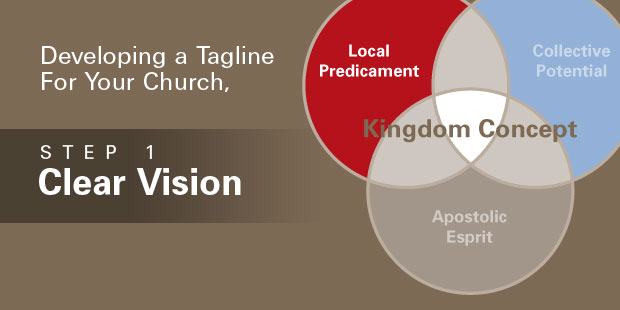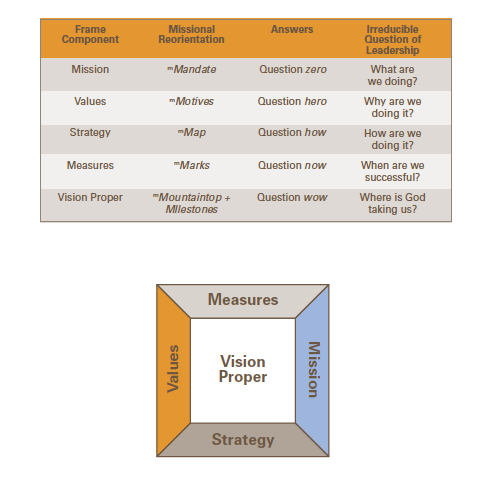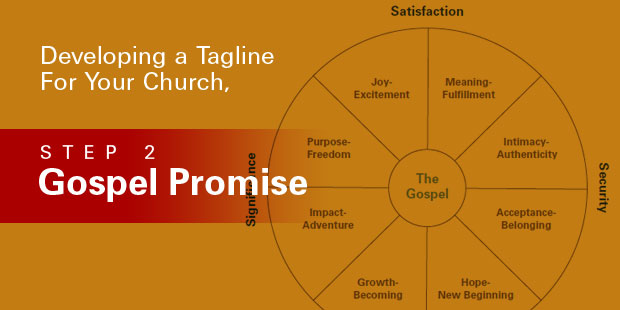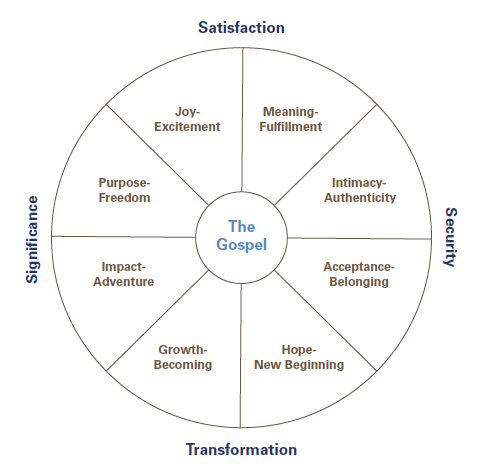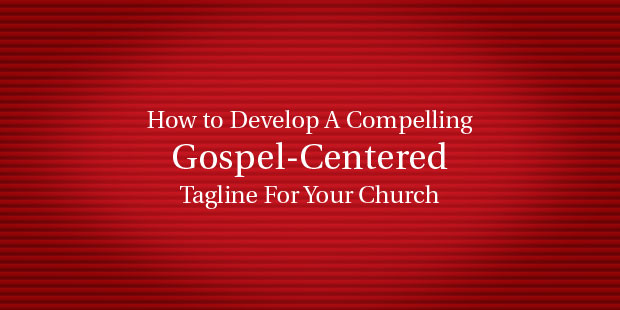
What Business Are You REALLY in?
What business are you in? The way you answer that question will determine who will engage with you in an increasingly digital world.
Most organizations answer this question with a mission statement. Too often, though, mission statements are long, confusing, and filled with insider terminology. Those types of mission statements are not helpful when it comes to the messaging on your website or social platforms. What do you do?
We’ve found that it’s helpful to have both a brand positioning statement and a tagline. These two, when they are developed intentionally, can work together to communicate your business on multiple levels.
What’s a brand positioning statement?
A brand positioning statement is a logical description of what you do. The best brand positioning statements are no more than 15-20 words in length, do not include insider terminology, and include some description of your uniqueness as an organization.
What is unique about your approach to your business? What sets you apart from your competitors or other organizations in your market? You may have heard this described before as your unique selling proposition.
Your brand positioning statement should tell people what you do in a way they can understand … while including some description of your unique approach or philosophy.
What’s a tagline?
A tagline is a short, memorable phrase that captures the key benefit you provide to your target audience. It does not describe what you do (that’s what the brand positioning statement is for), it describes the result of what you do in the lives of your audience members.
So, for example, Nike’s tagline is “Just Do It.” By itself, that doesn’t tell you what Nike does. If you had no other context for Nike as an organization, you wouldn’t know, logically, what they do. But you know that the desired result of what they do is empowering, equipping, and motivating people.
The tagline speaks much more to the emotive side of the brain—tapping into emotions, values, and results.
If you bring together Nike’s tagline with a logical brand positioning statement like “athletic equipment meticulously designed to help you reach your potential,” all of a sudden, their brand message becomes very clear.
So what business are you in? What is it you do … exactly? If you can answer that question from both a logical perspective (brand positioning statement) and an emotive perspective (tagline), you’ll communicate clearly to your audience and they will be able to more fully engage with you and your brand.
To learn more about these communications tools, connect with an Auxano Navigator.

Tags: Brand Positioning Statement, Communication, ID Digital, Steve Finkill, Tagline
















